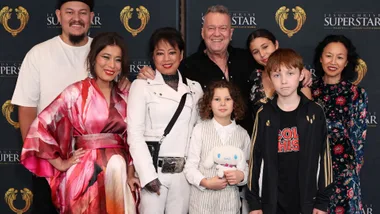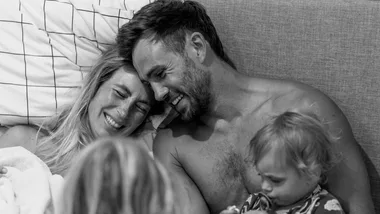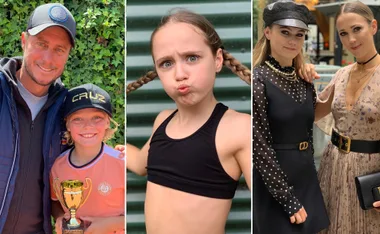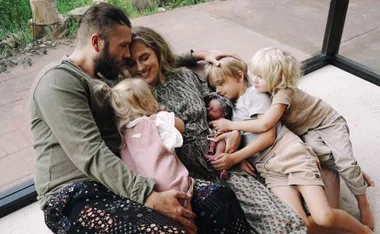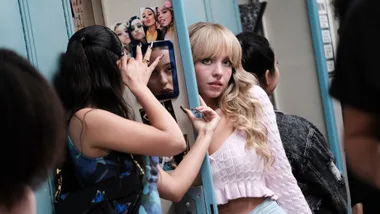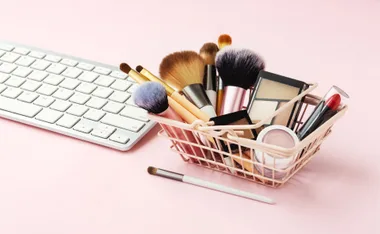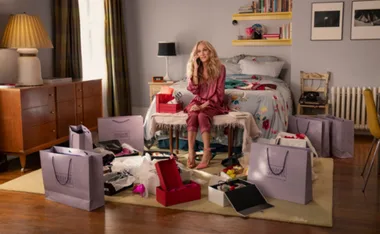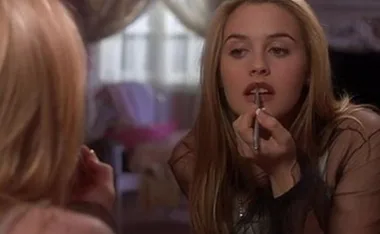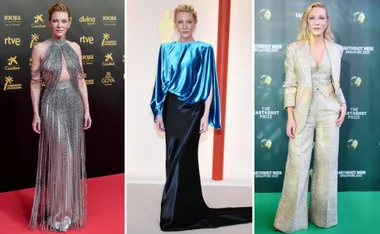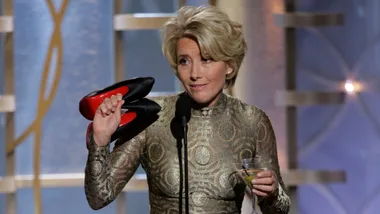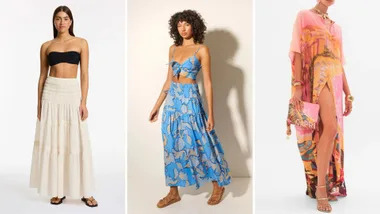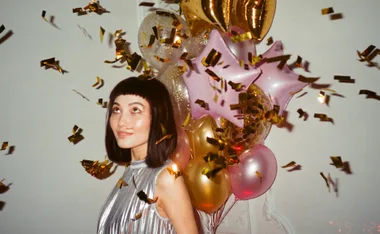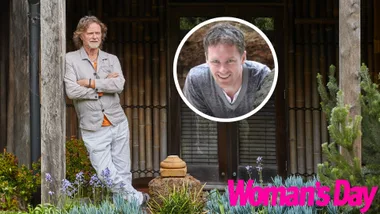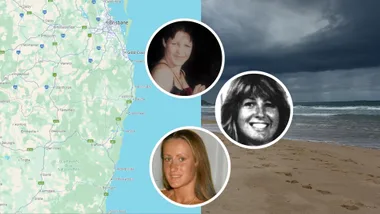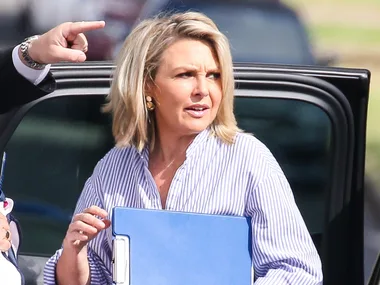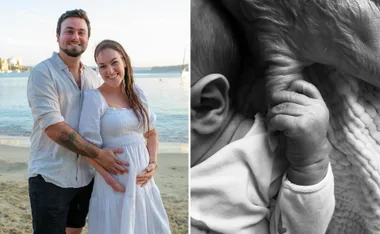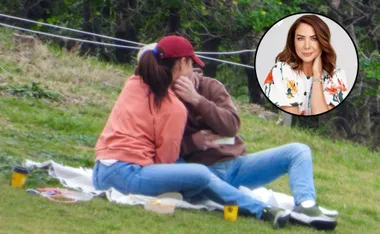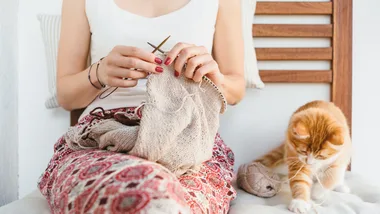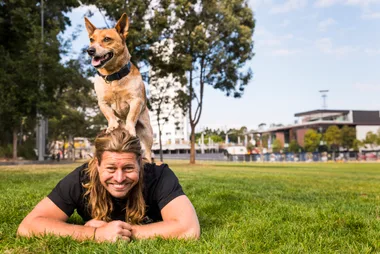A baby bump? Facial rejuvenation? Or a rocky patch? You decide.
Just four weeks ago, Jennifer Aniston’s cousin insisted the 43-year-old was scouting wedding locations in Crete. Fast-forward to the present and, at the time of press, she and Justin Theroux hadn’t been seen together since April 8.
Theories are swirling through Hollywood to explain the couple’s mysterious absence, with a baby bump, a devastating bust-up and cosmetic surgery all topping the list. Our exclusive shots of Jen sneaking out of her Beverly Hills hair salon add fuel to the pregnancy notion, with her minders going to extraordinary lengths to shield her supposed baby bump from the lens.
Just days later, Jen stunned fans by ducking duty on a red-carpet ceremony to honour her role as co-director of TV movie anthology Five. “She’s sick!” her co-producer Marta Kauffman told Life & Style mag. “Bummer!”But a friend close to Jen says there’s only one reason career-obsessed Jen would miss such a big night – morning sickness. The source says Jen froze her eggs three years ago, but now she’s found Justin, nothing’s holding her back. “Jen has not even seen many of her friends for months,” the friend adds. “She says she’s too busy to get together.”
While that’s one explanation for the couple’s odd absence, another insider close to Justin says it’s Jen’s feverish wedding planning that’s forcing Justin, 40, to distance himself. And unfortunately for love-cursed Jen – whose rep denies she’s planning a Greek celebration – it seems he’s reaching out to his ex-girlfriend Heidi Bivens for company.
Read more about what Jen and Justin are hiding in this week’s Woman’s Day on sale Monday May 14, 2012.


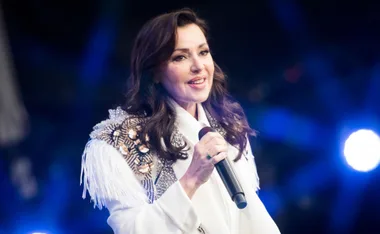

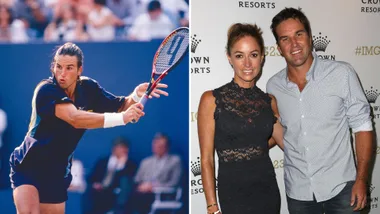
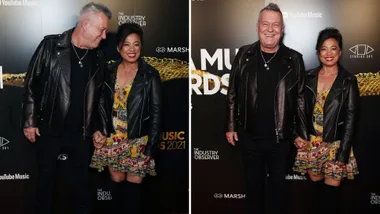

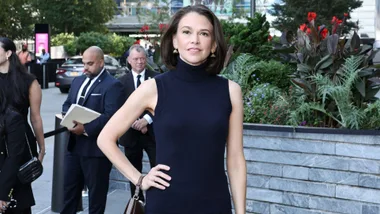
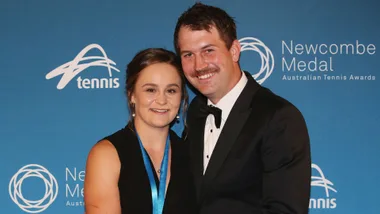
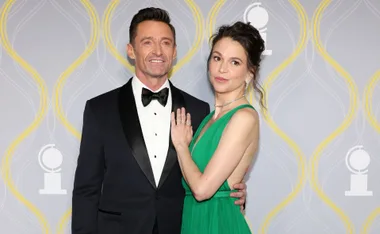
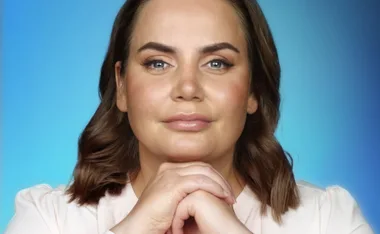


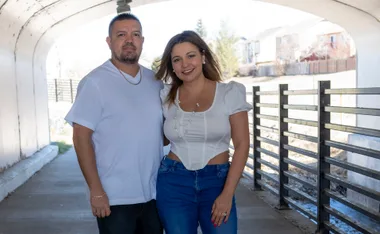
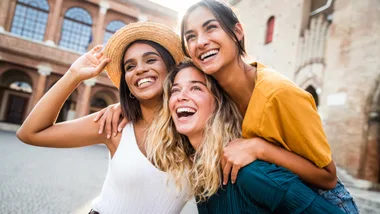

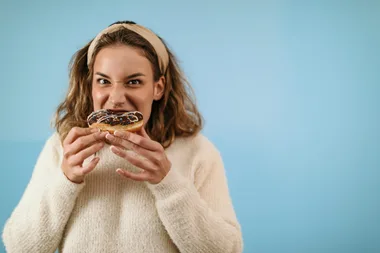

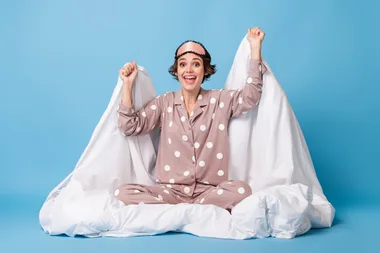


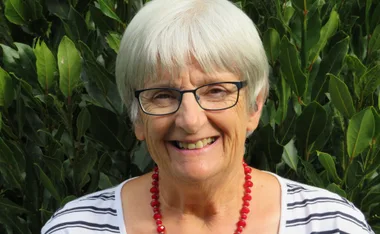


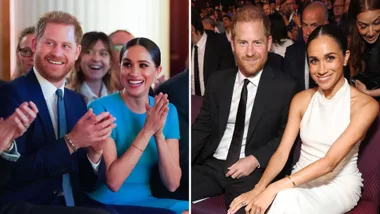
.jpg?resize=380%2C285)
.png?resize=380%2C285)

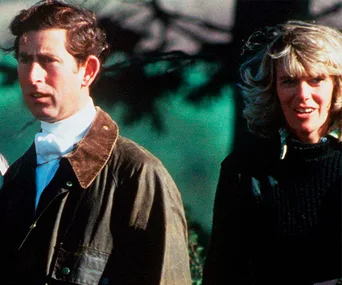
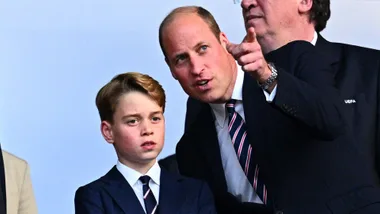
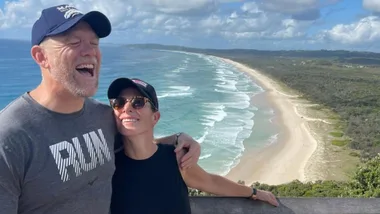

.jpg?resize=380%2C285)
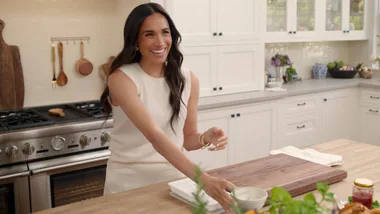

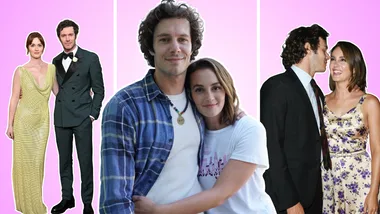
.jpg?resize=380%2C285)


